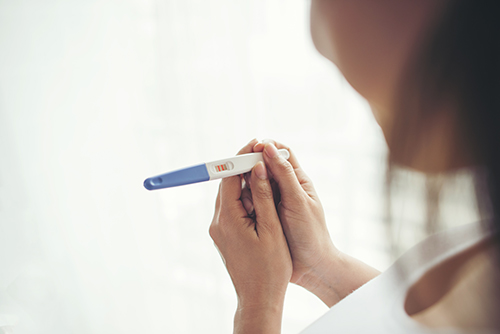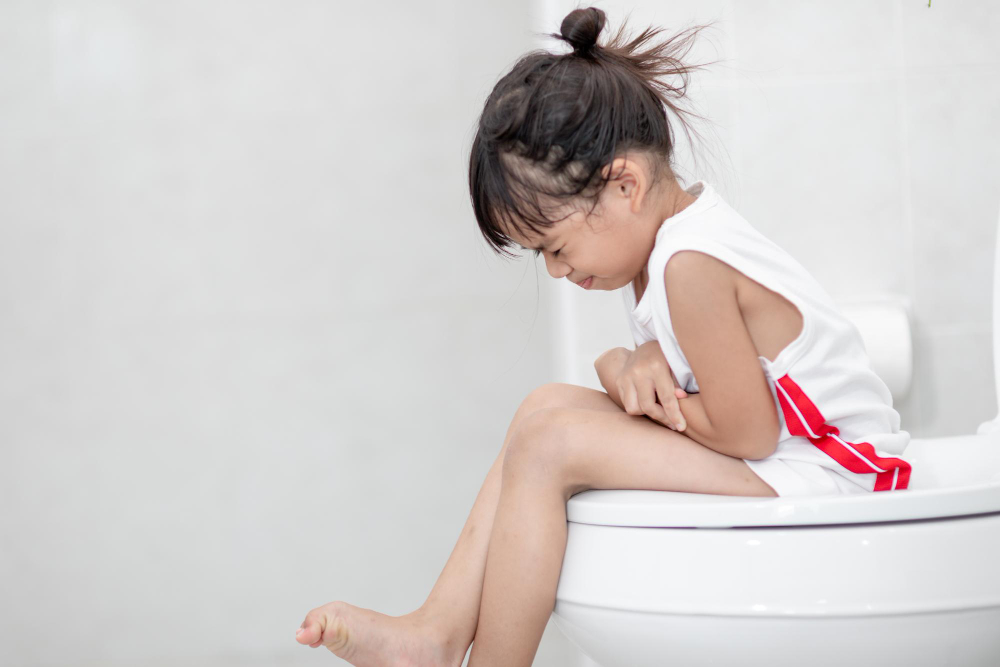A baby's soft and smooth skin is often the main concern of parents. However, sometimes annoying red spots appear. The appearance of red spots on the baby's skin often makes parents worry. What are the causes and how to deal with them? Let's discuss moms and dads.
What are Red Spots on Baby's Skin?
Red spots on baby's skin is a common condition that often worries parents. The appearance of these red spots can be caused by various factors, ranging from mild irritation to more serious medical conditions.
Causes of Red Spots on Baby's Skin
Red spots on a baby's skin can be caused by a variety of factors, and most of the causes are usually harmless. Here are some common causes of red spots on baby's skin:
1. Prickly heat (Miliaria)
Prickly heat occurs when a baby's sweat glands become blocked, usually due to hot ambient temperatures or the baby sweating too much. Small red spots, itching, and frequent perspiration characterize it.
2. Diaper Rash
Diaper rash can result from friction between the baby's skin and a dirty or wet diaper for too long, as well as exposure to urine and feces containing irritant enzymes. The appearance of diaper rash is characterized by redness in the skin of the diaper area, inflamed, and small blisters may appear.
3. Allergies
Allergies are reactions of the baby's immune system to certain substances, such as food, soap, detergent, or laundry powder. If your little one has an allergy, it can be recognized by the appearance of red spots, which can be accompanied by severe itching, swelling, or scaling.
4. Infection
An infection is a bacterial, viral, or fungal attack on the baby's skin. In addition to red spots, it can be accompanied by fever, weakness, or swollen lymph nodes. The types of infection on the baby's skin are:
- Impetigo: A bacterial infection that causes pus-filled blisters.
- Measles: A viral infection that causes a red rash that spreads throughout the body.
- Ringworm: A fungal infection that causes red, scaly patches.
5. Skin Conditions
Some skin conditions such as eczema or dermatitis can also cause red spots in babies. The variety of symptoms depends on the type of skin condition, but they are generally accompanied by dry, itchy skin and redness. Skin conditions
6. Risk Factors
There are several other factors that make your little one's skin experience red spots. For example, sensitive baby skin, irritation due to friction with diapers or clothing, exposure to chemicals such as soap, detergents that trigger allergies. As well as the immature immune system of the child, babies have an immune system that is still developing so they are more susceptible to infection.
7. Insect Bites
Insect bites, such as mosquitoes or ticks, can cause small red spots on the baby's skin that may itch or swell.
How to Treat Red Spots on Baby's Skin
To treat red spots on baby's skin in general, here are some steps that can be taken:
- Moms should keep their little one's skin clean. Make sure the baby's skin is always clean and dry. Bathe baby with warm water and mild soap, avoiding the use of soap or skincare products that contain harsh chemicals.
- After bathing, apply a hypoallergenic, fragrance-free moisturizer to keep baby's skin moisturized, especially if baby has dry skin or eczema.
- Wear soft, sweat-wicking clothing, such as cotton. Avoid tight-fitting clothing that can cause friction on the baby's skin.
- Make sure the baby is in a cool, non-humid environment. Avoid hot temperatures that can trigger prickly heat, and allow baby's skin to breathe by reducing the use of excessive clothing or blankets.
- To prevent diaper rash, change your baby's diapers regularly, especially after pooping. Use a protective cream before putting on a new diaper.
- Choose detergents, soaps, and skincare products that are specially formulated for babies or that are free of fragrances and dyes, to avoid contact dermatitis.
By understanding the various causes of red spots on baby's skin, parents can be more vigilant and take the right steps to care for their little one's skin. From maintaining hygiene, avoiding irritants, to making sure the baby is comfortable in an environment that is not too hot or humid, all play an important role in preventing skin problems.
If the red spots on the baby's skin do not improve or are accompanied by other symptoms, such as fever or severe irritation, you should immediately consult a doctor to get the right treatment. Baby's health and comfort are always the top priority. (Aq/MKK)












Komen
250